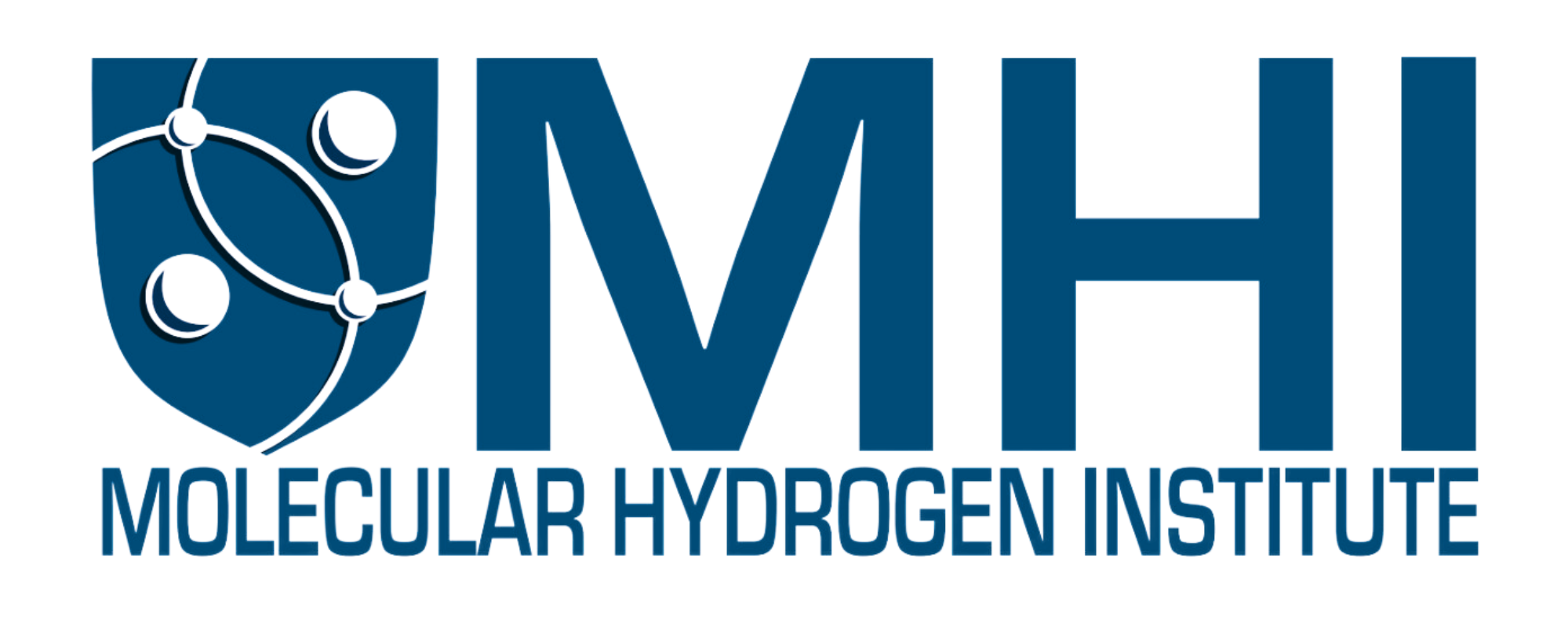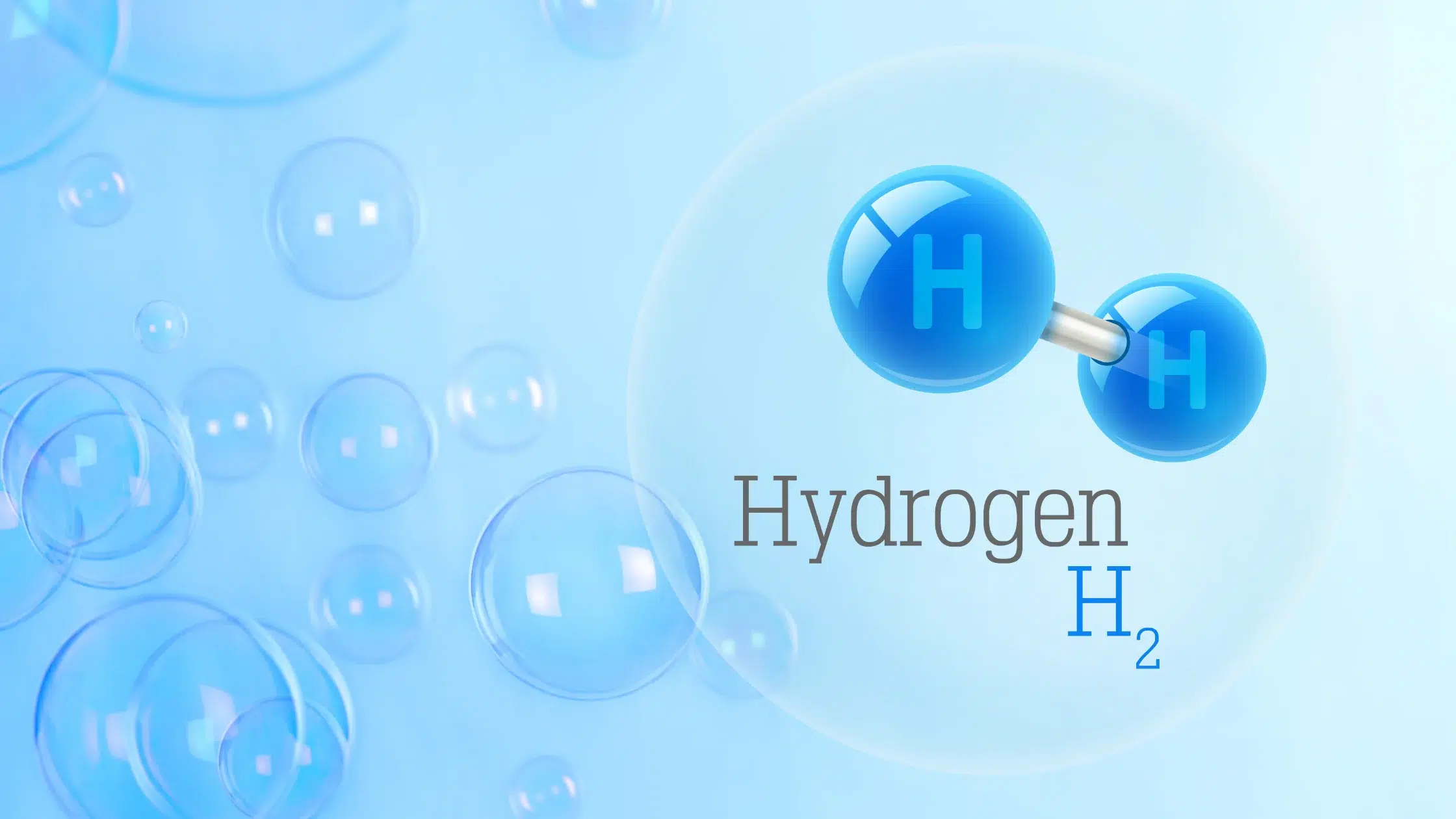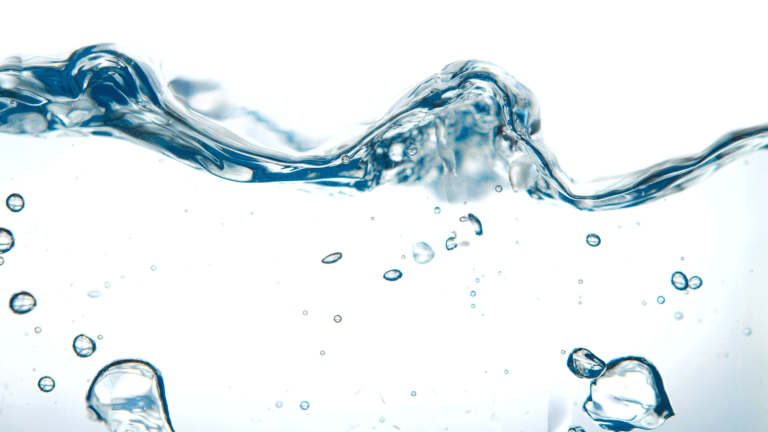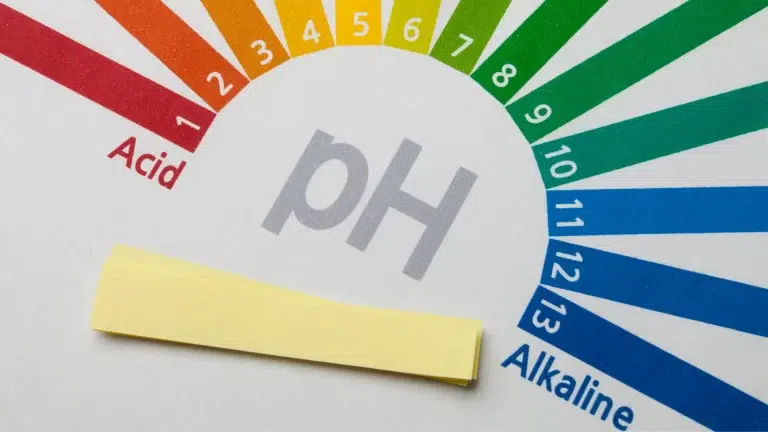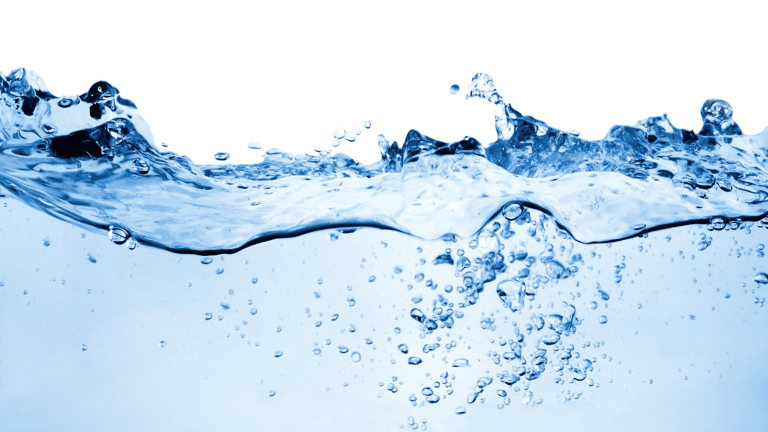METHODS OF ADMINISTRATION
There are a number of methods to consume molecular hydrogen gas (H2),1 including inhalation of H2,2 injection of H2-rich saline,3 dropping H2-rich saline into eyes,4 taking a bath in H2-rich water,5 increasing H2 production by intestinal bacteria,6topical application,7 oral ingestion of hydrogen producing tablets,7 and simply drinking H2-rich water.8
WHICH METHOD IS THE BEST?
Each one of the following methods has a been used in the scientific research. Although drinking H2-rich water doesn’t provide as many hydrogen molecules to the body as other methods, it is likely the easiest and may still be effective.9 In fact, in one study10 using a rat model of Parkinson’s disease, it was seen that drinking H2-rich water, but not inhaling 2% H2 gas or increasing intestinal H2production via lactulose administration, was effective at preventing the development of Parkinson’s disease in this animal model.10
Perhaps this is because inhaling H2 gas and H2 gas production via the bacteria gives a continuous exposure of H211 (allowing homeostasis to be achieved), but drinking H2 water gives an intermittent exposure. Indeed this10 same study showed that intermittent inhalation of 2% H2 was somewhat effective. Another reason that drinking H2 water is important is because it allows gastric induction of ghrelin, which is mediated via activation of beta 1 adrenergic receptors.12 The consensus is that not only is drinking H2-rich water the easiest, but also appears to be effective in these animal and early human studies.13
METHODS TO PRODUCE H2-RICH WATER
There are a number of ways to produce H2 water, including electrolysis14 (e.g. water ionizers, or hydrogen-specific devices), reaction of water with alkali-earth metals (e.g. elemental magnesium),15 or simply bubbling H2 gas into water.16
WATER IONIZERS (ELECTROLYSIS)
Water ionizers produce hydrogen gas by means of electrolysis.17 Electrolysis of water is perhaps the most well-known method, as it is the primary mode of mass-producing molecular hydrogen gas for energy.18
The hydrogen gas concentration from water ionizers varies significantly from less than 0.05 ppm to over 2.5 ppm depending on source water, flow rate, design, and cleanliness of the electrodes. Importantly, alkaline water ionizers were developed decades before the therapeutic importance of molecular hydrogen was known. Thus, these units were optimized for alkaline pH not high dissolved hydrogen concentration. Typically, at normal flow and with normal source water, the concentration of H2 from an alkaline water ionizer is around 0.1 ppm to 0.7 ppm.19-22 By running the water very slowly, these machines may increase the molecular hydrogen concentration, but the resulting pH is very high, making the water unpalatable.22
The ability to produce high concentrations of molecular hydrogen at a palatable pH (less than 9.5 or neutral), as well as what is required to maintain this concentration are important parameters when considering one of these machines.21 Unfortunately, most water ionizer companies not only don’t know the concentration of H2 their machines produce, but they have no idea that the dissolved H2 that is the therapeutic agent. And, while many companies tout the negative ORP of their water, the negative ORP is only an indication of the presence of dissolved hydrogen, but not an accurate measurement of the concentration.
Another method of producing hydrogen-rich water using electrolysis is by H2 infusion. That is hydrogen gas is produced and then directly infused into the filtered water in the machine. This allows for the easy production of a high concentration of hydrogen water at neutral pH in a flow-through system. There are also batch type systems which are on the market.
METALS + WATER = MOLECULAR HYDROGEN
Another convenient and easy method to produce H2-rich water is by adding alkali-earth metals to water.15 It is well-known for example that adding sodium or potassium metal to water results in a fiery explosion23 (See http://www.youtube.com/watch?v=vJslbQiYrYY). Notice that this is the metallic form of sodium, not an ionic salt (i.e. sodium metal not sodium chloride [Na+ Cl–]). The reason that this reaction occurs is because the metals rapidly give off their outer valence electron to the water, which produces molecular hydrogen and sodium hydroxide: (2Na + 2H2O –> H2 + 2NaOH). The produced sodium hydroxide (NaOH) dissociates to form sodium ions (Na+) and hydroxide ions (OH–) according to: NaOH –> Na+ + OH–. These metals react so violently with water that enough heat is produced to ignite the produced hydrogen gas.23
Magnesium metal also reacts with water to produce hydrogen gas: [Mg + 2H2O –> H2 + Mg(OH)2]. The magnesium hydroxide (Mg(OH–)2) dissociates into magnesium ions (Mg2+ ) and hydroxide ions (OH-) according to the equilibrium: Mg(OH)2 <–> Mg2++ 2OH– 24 However, the reaction is not as exothermic and thus does not carry any risk of explosion.25
This method of hydrogen-rich water production is commonly used among researchers for human studies, because of it’s ease of use.13 The concentration of molecular hydrogen is generally near saturation (1.6 ppm),26 which allows the subjects to ingest greater quantities of molecular hydrogen without having to consume a copious volume of water (1 liter vs. 10 liters).
There are magnesium sticks that can be placed in water,27 magnesium tablets that can be consumed (which produces H2 in the stomach),7 or cartridge-type devices that can be placed into the water, quickly producing a 2-4 mg/L H2 concentration, and also water filters containing embedded magnesium media.28 Like electrolysis, these methods all increase the pH of the water as they reduce the H+ ion concentration.
SUPERSATURATION
There are also methods which are capable of producing a supersaturated concentration of molecular hydrogen at very high concentrations. Not all of these methods alter the pH of the water and some can be used in any beverage of choice. The potential advantage of this method is the ability to ingest large amounts of the H2 molecule without having to drink enormous amounts of water (500 mL vs. 15 liters).
Read about Why MHI Doesn’t Promote, Endorse, or Recommend Products
Read about Considerations for Choosing a Good Hydrogen Product
